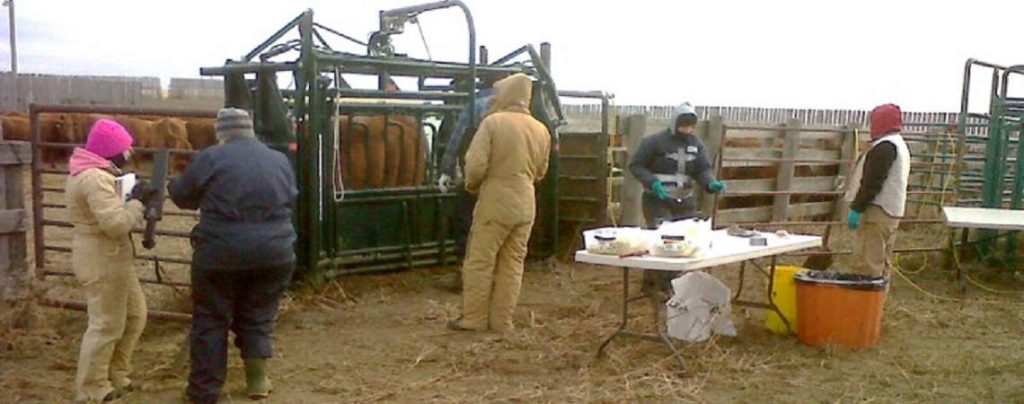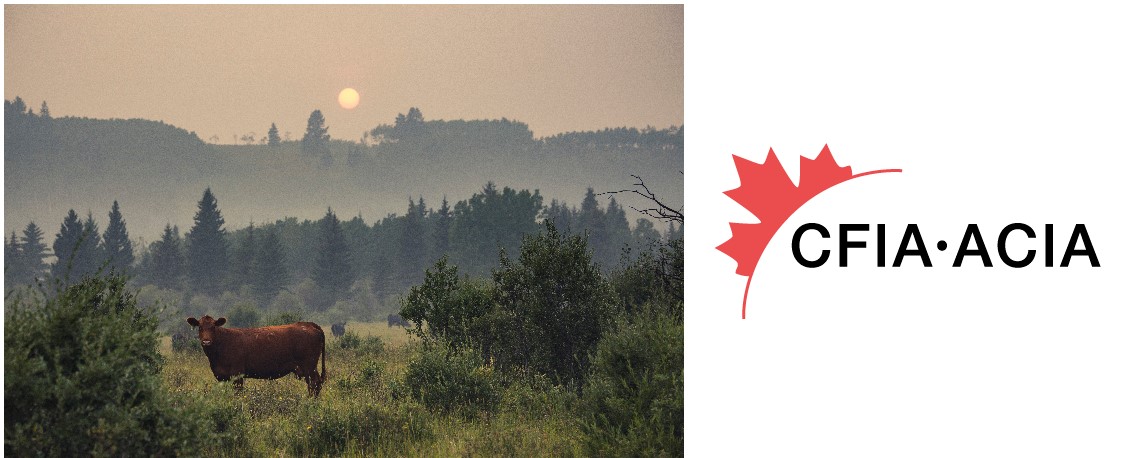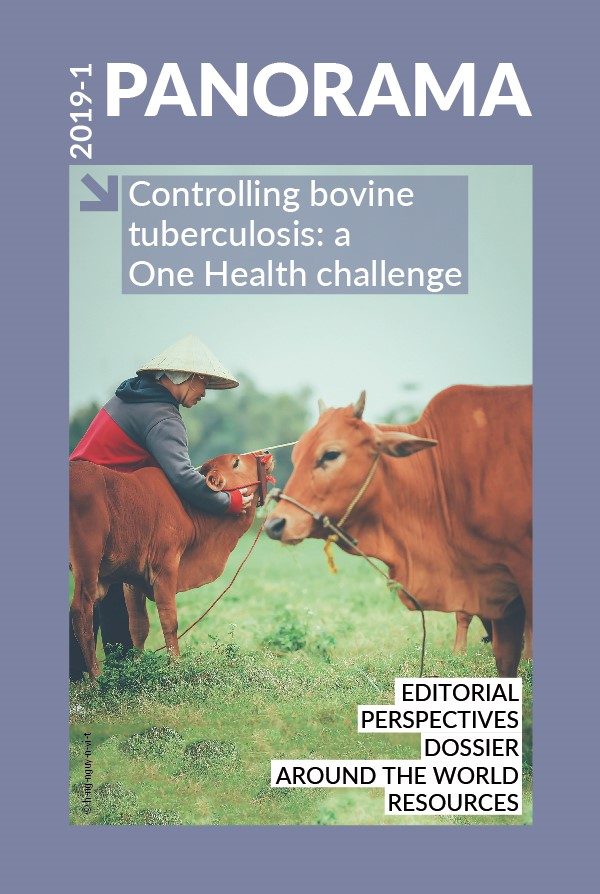Around the world Posted on 2019-05-07 16:07:25
Success stories
Bovine tuberculosis in Western Canada (2016)
Case response overview
Keywords
Authors
Noel Harrington, Veterinary Programme Specialist, Policy and Programs Branch, Animal Health Directorate, Canadian Food Inspection Agency (CFIA), Canada.
The designations and denominations employed and the presentation of the material in this article do not imply the expression of any opinion whatsoever on the part of the OIE concerning the legal status of any country, territory, city or area or of its authorities, or concerning the delimitation of its frontiers and boundaries.
The views expressed in this article are solely the responsibility of the author(s). The mention of specific companies or products of manufacturers, whether or not these have been patented, does not imply that these have been endorsed or recommended by the OIE in preference to others of a similar nature that are not mentioned.
In September 2016, the CFIA responded to a case of bovine tuberculosis (bTB) detected in a mature beef cow from a cow-calf operation in Alberta, Canada. Due to the farm’s production practices, which include the regular use of community pasture, numerous additional cattle herds were investigated and subject to herd testing. In total, 145 herds were investigated: approximately 34,000 cattle were tested and 12,000 exposed cattle were ordered to be destroyed. The livestock aspect of the investigation was closed in April 2018. In collaboration with wildlife authorities, active wildlife surveillance to ensure disease freedom will continue through 2020.

Despite the extensive investigation, only the index herd was found to be infected, with six positive animals identified, giving an apparent herd prevalence of 1.6%. Whole-genome sequencing analysis demonstrated that all infected animals shared the same strain of Mycobacterium bovis that is most genetically related to a strain last recovered in Mexico in 1997, and not linked to previous animal or human cases in Canada. The investigation examined several routes of exposure or introduction; however, a definitive source of infection was not identified.
Given the outcome of the case response, Alberta continues to be considered officially free from bTB. The bTB-free status of all other Canadian provinces also remains in place.
The strength of Canada’s bTB programme and the case response supported uninterrupted international market access for Canadian cattle and beef meat products during the course of the response, which mitigated any impacts on the overall Canadian cattle sector.
The cooperation of individual producers involved in the response and the engagement with their industry associations were vital to the effectiveness of the CFIA’s response.
The case highlights the challenges with response capacity and the need for ongoing surveillance for a disease that has become increasingly rare in Canada as a result of longstanding eradication efforts.
http://dx.doi.org/10.20506/bull.2019.1.2928
Behind the scenes during the bovine tuberculosis (TB) outbreak investigation (video series)












